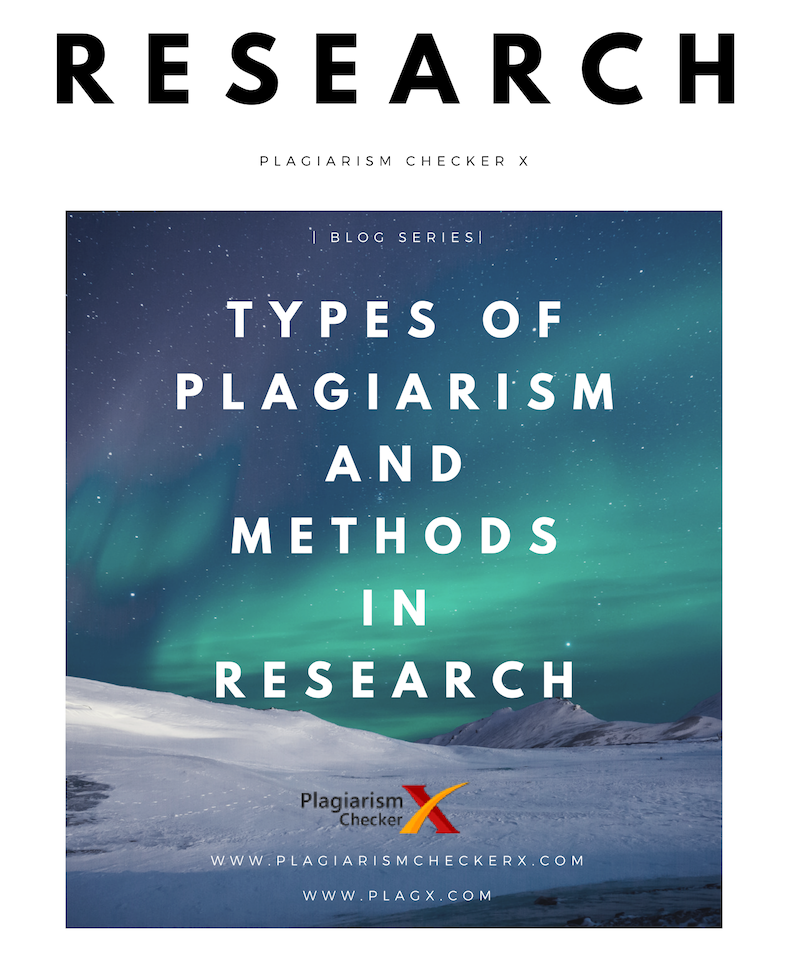
As a student or as a professional writer, the research process will be part of your everyday tasks. Whether it is a research paper, research report, research proposal or a literature review, research will form the foundation of your argument and analysis. Some might be fully aware of what it is while others may only have a vague idea. So, let’s clarify the research definition first.
Research is a process where the researcher discovers new knowledge through a systematic investigation. That leads us to believe that there must be different research types and research methods. It’s true, there are several research methods you can use for research and academic writing.
Research types and research methods can be classified into several categories according to the nature and purpose of the study and other attributes. The most prominent of those include qualitative research, quantitative research, primary research, and secondary research.

Firstly, quantitative methods like Quantitative research resolves problems using numbers. Meaning that its primary focus involves data that can be quantified. As a researcher conducting quantitative research, you will investigate and collect numerical information or information that can be quantified into numerical form.
On the other hand, qualitative research methods such as Qualitative research is based on words, feelings, emotions, sounds and other non-numerical kinds of data. That means the focus of qualitative research is on descriptor based forms of information and it prefers to answer the question of ‘why.’
The research is important for every field, because it helps them to have a detailed analysis of everything. It gives us the opportunity to learn in depth and utilize proper analysis in order to enhance our knowledge.
The most distinctive element of primary research that differentiates it from secondary research is that primary research involves collecting information on a first hand basis. For example, conducting a survey about software use in a particular field.
Whereas, secondary research occurs when a researcher uses the information and data collected by a primary researcher and uses said information to form their argument or for the purposes of other forms of analysis.
Well known professionals, researchers and authors understand the importance of originality in their publication and there are many examples that prove that. Most importantly, the privacy of their data and content is their and our top priority. See it right here.
Sir Beresford Anthony M. Pryce, who is a highly talented and creative person with background in Tax Consultancy and Entrepreneurship, is also the author of “Mansions in your house”. He has used Plagiarism Checker X for analyzing the contents of his book.

We, the team of Plagiarism Checker X, are proud to be the top choice of Sir Beresford Anthony M. Pryce and other authors, researchers, students and scholars due to its accuracy, speed and ease of use.
You can even connect with Sir Beresford Anthony M. Pryce and check out more of his creative work on “www.kingdomillustrated.org“.
For those who may not know the details and are not int he research and professional environment yet, the meaning of plagiarism can be understood as copying ideas or words from someone else without giving credit. So, from that we can deduce that literary theft and academic fraud is called plagiarism. It’s an act of fraud that is highly unethical. That implies that it is also imperative for a researcher, student and writer to use plagiarism detectors in their work so they can avoid such a wrongful academic act.
There are different types of plagiarism which need to be understood so they can be identified during your own writing or when reading someone else’s work,
Make sure that you do not copy more data from the text you have found and instead express it in your own words with originality. together, we can avoid plagiarism through reading information and explaining the content through your own understanding in addition to using technology that detects and reduces plagiarism
Try the Plagiarism Detector by Plagiarism Checker X and get closer on your journey of how to avoid plagiarism and embody academic honesty.
November 23, 2018 By Floora Janet
March 23, 2018 By Floora Janet
November 23, 2017 By Floora Janet